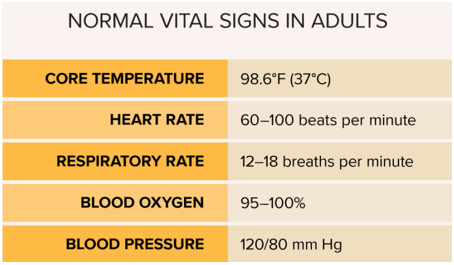A client is being treated for hepatic failure. On examination, the client has an elevated pulse rate and exhibited changes in mental status. Which intervention in the plan of care should the practical nurse (PN) implement?
Offer a high protein diet.
Perform range of motion exercises.
Weigh every morning.
Provide only distilled water.
The Correct Answer is C
Choice A rationale:
Offering a high protein diet may not be appropriate for a client with hepatic failure. High protein intake can lead to the accumulation of ammonia in the bloodstream, worsening hepatic encephalopathy. Therefore, this choice is not the best intervention for the client.
Choice B rationale:
Performing range of motion exercises is important for clients with hepatic failure to prevent complications related to immobility. However, it does not directly address the client's elevated pulse rate and changes in mental status.
Choice C rationale:
Weighing the client every morning is essential in monitoring fluid status and identifying signs of fluid retention or dehydration, which are common in hepatic failure. Changes in weight can help detect early signs of worsening hepatic function.
Choice D rationale:
Providing only distilled water may not be appropriate for a client with hepatic failure. While it is essential to monitor fluid intake, restricting all fluids to only distilled water could lead to electrolyte imbalances and further complications. Monitoring overall fluid intake and type is important for these clients.
Nursing Test Bank
Naxlex Comprehensive Predictor Exams
Related Questions
Correct Answer is D
Explanation
Correct Answer: D. Report the findings to the charge nurse.
Choice A rationale:
Monitoring the client's temperature hourly may be indicated if the client's condition deteriorates or if there are specific concerns about fever. However, the temperature of 99.8°F (37.66°C) is not significantly elevated and may not be the primary concern in this situation.
Choice B rationale:
Offering the client fluids frequently is a good nursing practice, but it is not the most important intervention in this case. The client's nonproductive cough and increased confusion need to be addressed and reported first.
Choice C rationale:
Providing care to moisten oral mucosa is important for maintaining oral health and preventing dryness and discomfort. However, it may not directly address the client's current symptoms of cough and confusion.
Choice D rationale:
Reporting the findings to the charge nurse is the most crucial intervention. The client's nonproductive cough and increased confusion may be indicative of an underlying issue, such as a respiratory infection or a change in neurological status. The charge nurse can initiate further assessments, notify the healthcare provider, and implement appropriate interventions to address the client's condition promptly. Timely reporting and communication are essential to ensure the client receives appropriate care.
Correct Answer is A
Explanation
This is the most important follow-up assessment for the PN to implement because it can detect signs of bleeding, infection, or shock that may result from the unsecured surgical dressing. The PN should monitor the client's blood pressure, pulse, temperature, and respiratory rate and report any abnormal changes.

Whether you are a student looking to ace your exams or a practicing nurse seeking to enhance your expertise , our nursing education contents will empower you with the confidence and competence to make a difference in the lives of patients and become a respected leader in the healthcare field.
Visit Naxlex, invest in your future and unlock endless possibilities with our unparalleled nursing education contents today
Report Wrong Answer on the Current Question
Do you disagree with the answer? If yes, what is your expected answer? Explain.
Kindly be descriptive with the issue you are facing.
